The Crossbow Cannibal killed and ate his victims because he could
Peter Sutcliffe, Donald Neilson and Stephen Griffiths... what is it about Bradford that attracts serial killers? Ten years after the arrest of the Crossbow Cannibal, David Barnett talks to the lead detective about the man who had no reason for killing sex workers, apart from wanting the notoriety

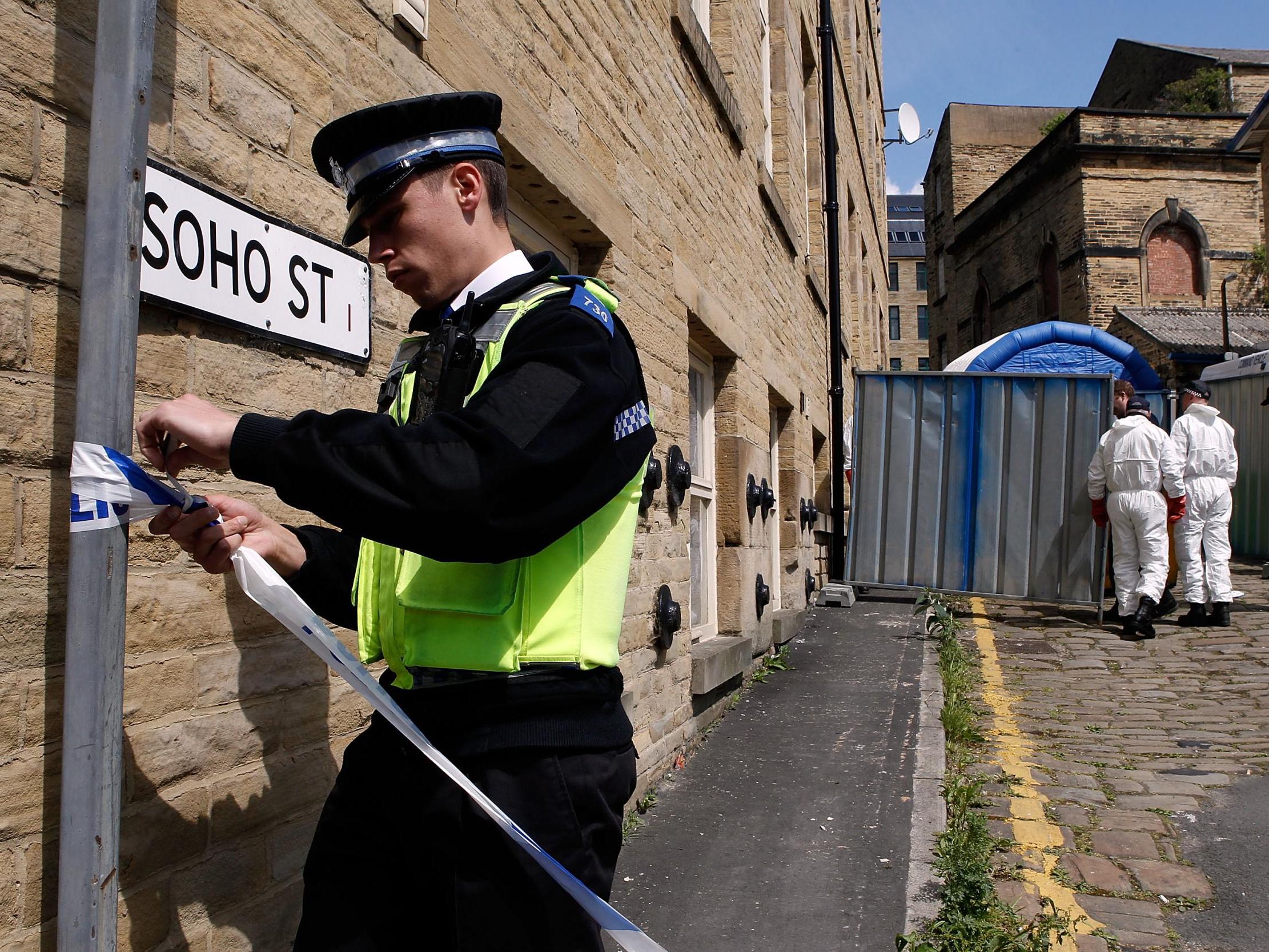
On the morning of Monday 24 May 2010, Peter Gee arrived as usual for his job as caretaker of Holmfield Court, a block of apartments at the top of Thornton Road, just a few minutes’ walk into Bradford city centre. Within an hour of clocking on he reviewed the weekend's footage from the security cameras installed in the lobby of the building. What he saw when he viewed the recordings from 2.30am on the Saturday morning made his blood run cold.
Thornton Road is one of the main roads into Bradford from the north and west of the city, most of it the former industrial quarter, where undeveloped wasteland or tall buildings, which once housed the mills that drove Bradford’s wealth in the 19th century, are now given over to office spaces, flats, or are derelict.
A decade ago, Thornton Road was enjoying one of its periodic incarnations as Bradford’s red light district, for which it seems eminently architecturally suited. It has a wide thoroughfare, easy for kerb crawlers to pull up; and although it's a busy road it doesn’t get a lot of footfall along much of its length. There are narrow side streets between the tall buildings, many of which are unoccupied after dark.
The CCTV that Peter Gee viewed showed in the early hours of that Saturday morning that one of the residents, a 40-year-old mature student called Stephen Griffiths, entered the apartments with a woman who was later identified as Suzanne Blamires, a sex worker from Bradford. Nothing, perhaps, unusual in that. It’s what happened next that stunned Peter Gee and had him reaching for his phone to call the police.
Suzanne is seen running out of Griffiths’ flat and fleeing through the lobby, heading towards the exit of the building. Griffiths is pursuing her. Again, not necessarily anything out of the ordinary. A lover’s tiff, perhaps. An argument after a one-night stand. Peter Gee was used to seeing residents with sex workers, a transaction disputed, a change of heart, a sadly all-too-common case of violence against a sex worker.
So nothing unusual, really, until Griffiths produced a crossbow, shot Suzanne Blamires in the back, then dragged her by her feet back into his apartment. And just to clarifiy that this was not a crime of passion, an accident, or a situation that had got out of hand, Griffiths returned to the lobby, brandished his crossbow at the CCTV camera, and flipped his middle finger at the lens.
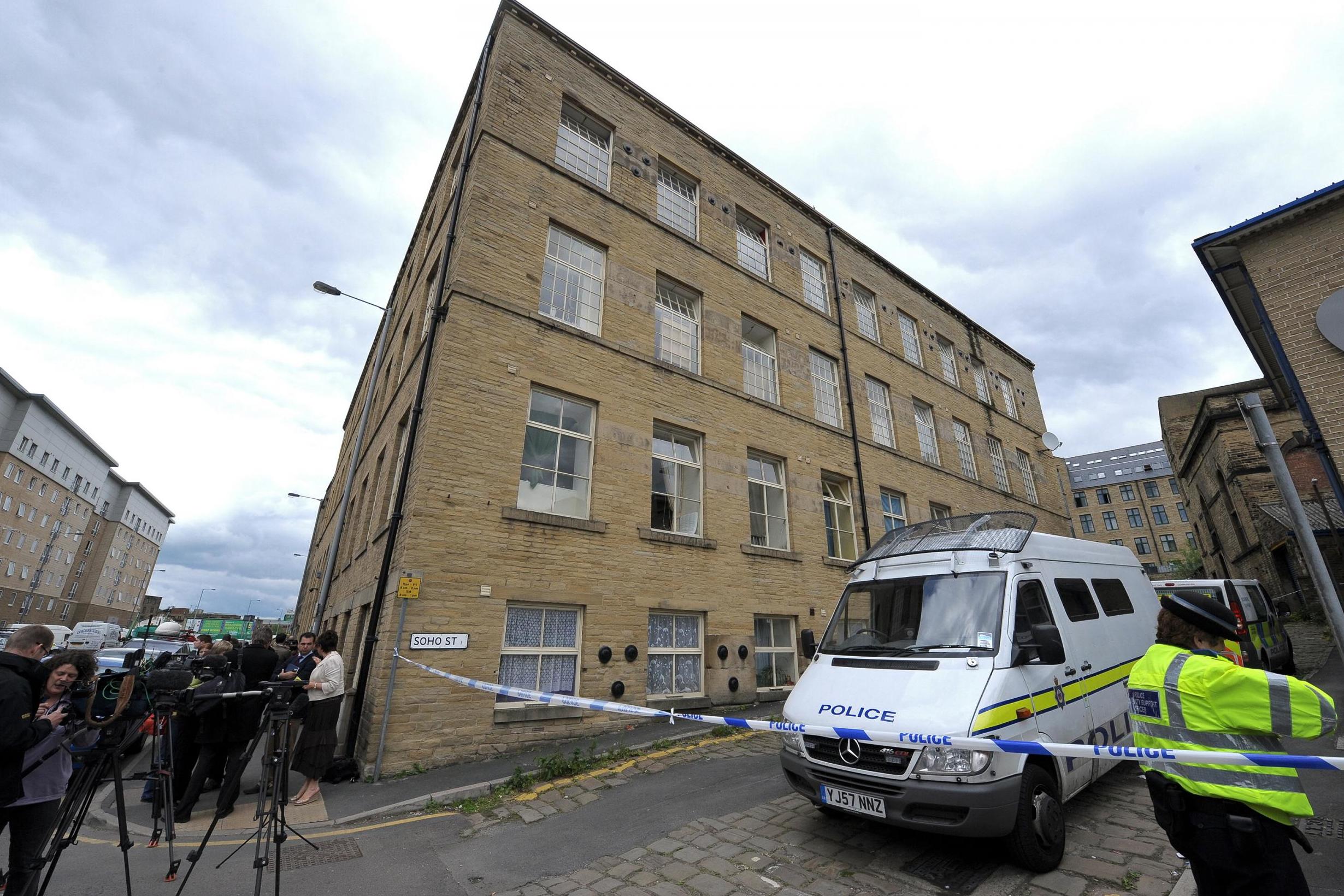
As soon as Detective Chief Superintendent Max McLean saw the footage he knew that a case that had been bubbling under since the previous summer had spilled over. “Very quickly we pulled together a squad," he recalls, a decade on. “We had firearms officers and we went in. Our prioirity at that point was finding out what had happened to Suzanne. Although we'd seen that she'd been shot with a crossbow we needed to know if she was alive, perhaps injured, being kept prisoner somewhere. We went into Griffiths flat and took him straight for interview, and he immediately admitted the murders.”
They were sex workers and inhabited a shadowy world where violence was commonplace, where women were invisible to ordinary society, where the law meant that working in a brothel was illegal yet walking the streets was not
Suzanne Blamires, 36, was Griffiths's third victim. His first was 43-year-old Susan Rushworth, reported missing on 22 June 2009. Shelley Armitage, 31, disappeared on 26 April 2010.
With there being such a long gap between the first two women being reported missing, many people might not have made a connection. They were, after all, sex workers, and inhabited a shadowy world where violence was commonplace, where women were invisible to ordinary society, where the law meant that working in a brothel was illegal yet walking the streets was not.
However, this was Bradford, a place that was no stranger to the murder of sex workers. Peter Sutcliffe, a lorry driver from the city, conducted a reign of terror on West Yorkshire’s streets during the second half of the 1970s; when he was arrested at the beginning of 1981 he had killed 13 women and attempted to murder seven others. Dubbed the Yorkshire Ripper, he claimed to police that he was on a mission from God to kill sex workers.
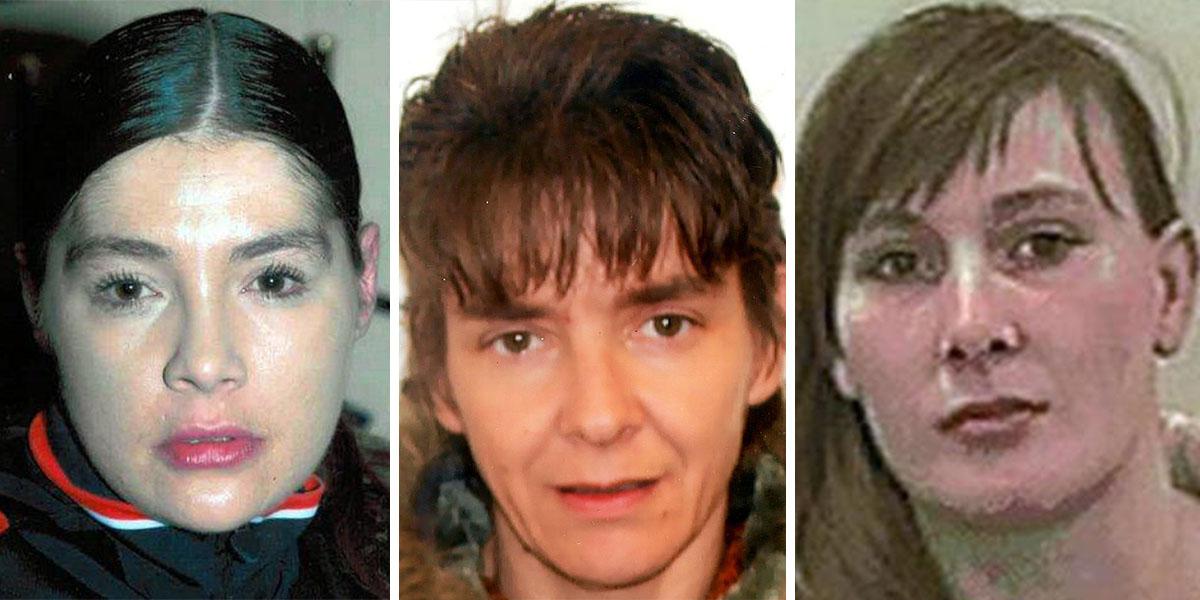
Max McLean had a special interest in the murder of sex workers, and not just because of the Yorkshire Ripper murders. He retired from the West Yorkshire Police force just before Griffiths was convicted of three murders and up to that point had investigated 80 homicide cases. Only one remains unsolved; the murder of Rebecca Hall, a 19-year-old sex worker found battered to death in Bradford in 2001.
McLean is the non-executive chair of Bradford Teaching Hospitals NHS Foundation Trust. He retired from the force in 2010 and was awarded a PhD from Huddersfield University, after studying the coroners’ service in the UK. We meet in the busy Marks & Spencer’s cafe in Bradford’s Broadway shopping centre to talk about Griffiths, and it’s obvious from the start that not getting justice for Rebecca Hall before his retirement is his only regret after three decades in the force.
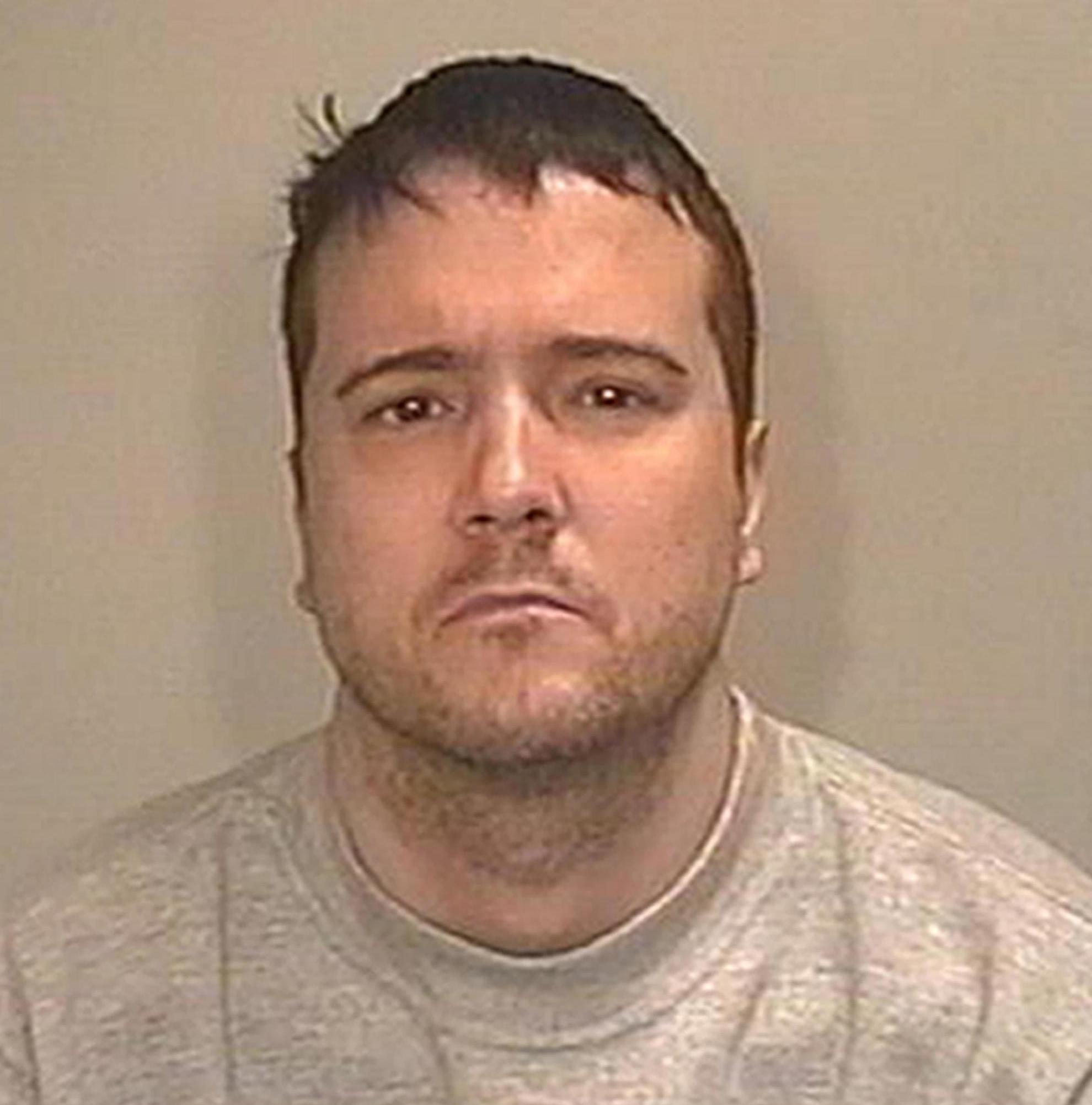
McLean spent the last 12 years of his police life as West Yorkshire’s most senior detective. As head of the Homicide and Major Enquiry Team (HMET) he kept a weather eye on reports pertaining to sex workers, which is why the file on Susan Rushworth’s disappearance in June 2009 landed on his desk.
“Susan’s case did receive a level of interest from us,” he says. But at that moment there was nothing else to go on, other than she had seemingly disappeared off the face of the earth. This was not necessarily uncommon among sex workers, says McLean, however: “I was acutely aware of what can happen to women, especially after the Rebecca Hall case, so I continued to ensure Susan’s case got the level of scrutiny it needed.”
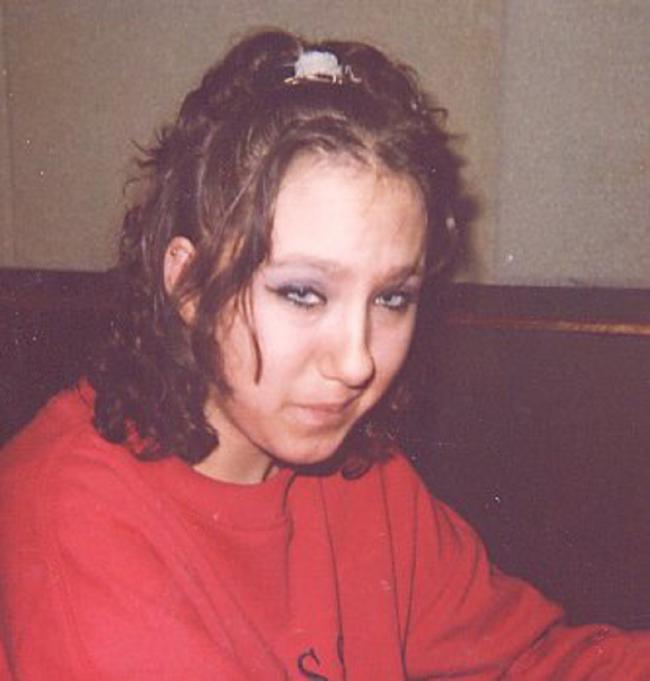
It wasn’t for another 10 months that Susan Rushworth’s disappearance would be looked at in a new light, and that was towards the end of April 2010 when Shelley Armitage, 31, was reported missing. “At this point, alarm bells were clearly ringing,” recalls McLean. “Here we had two women who were known to be sex workers who had gone missing.”
Griffiths was very quick to admit what he had done, but he never gave us a reason, and he never showed any remorse
Shelley’s last movements were painstakingly documented and there was CCTV footage found of her on the night she disappeared, walking along Thornton Road. What no one knew at that point was that just out of shot of the camera’s reach, Griffiths was following Shelley down the street.
McLean’s team dragged in everyone who had any link with Shelley, starting with her boyfriend and spiralling out to pimps, other sex workers, known drug dealers – “the usual suspects,” says McLean. Home Office guidelines preclude police from publicly making a link between crimes unless they have cast iron evidence. So there was no suggestion that the police might be dealing with a serial killer at this point.
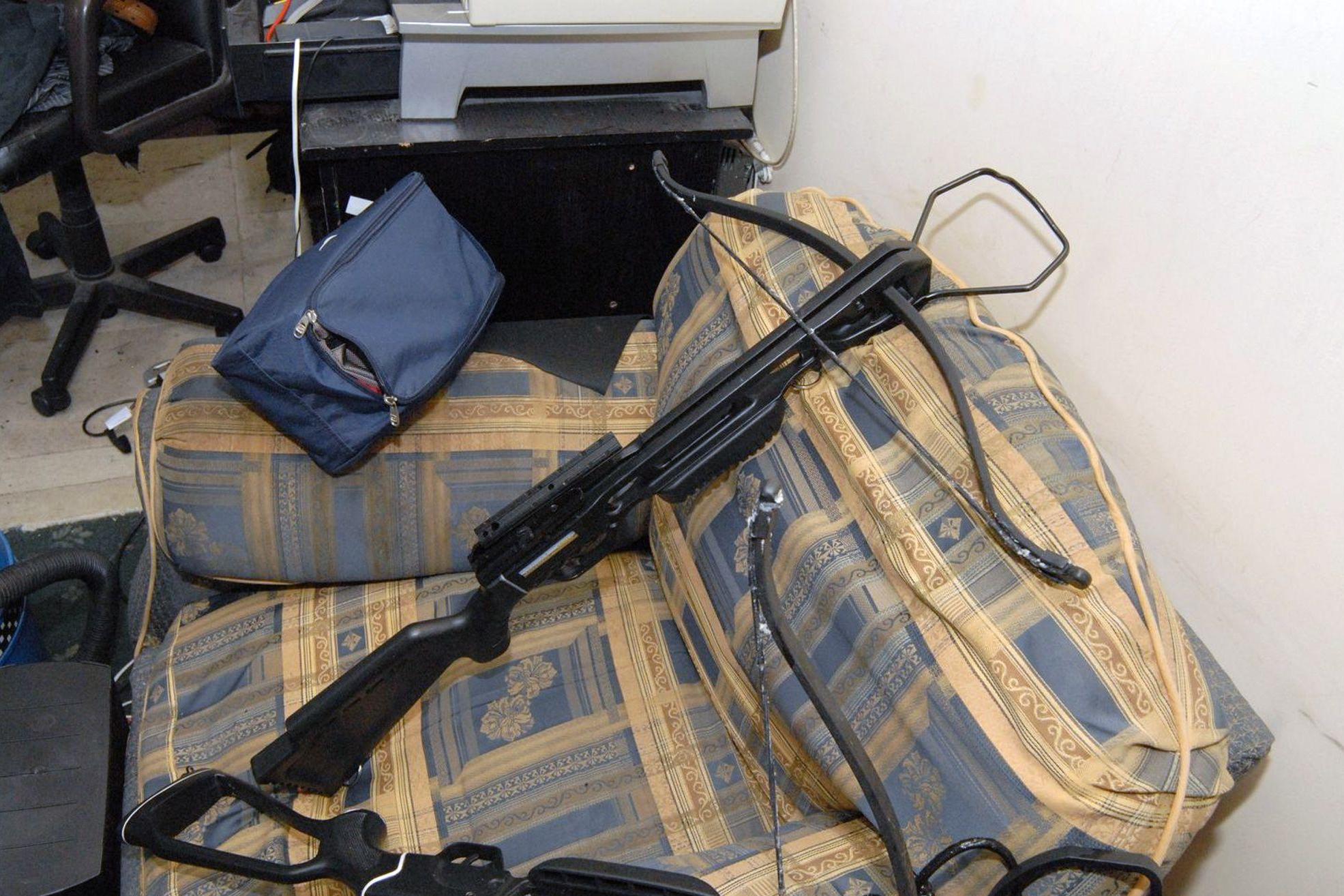
Privately, though, within the walls of the HMET offices? “We all knew,” says McLean. “Everyone who was working that case felt sure that the disappearances of Shelley and Susan were linked.”
Suzanne Blamires used the street name “Amber” when she was working. At some point on the night of 21 May going into the early hours of 22 May, she met Griffiths and returned with him to his flat. McLean remembers that over the weekend a report was received by the police that she was missing. This would have ramped the investigation up markedly, apart from the fact that on Monday morning they received a call from Peter Gee, the caretaker.
The tabloids picked up on the case immediately, with The Sun extensively quoting Peter Gee and suggesting that Griffiths had not only killed three sex workers but had eaten some of their remains. They dubbed him the Crossbow Cannibal and when Griffiths appeared in court after being charged with the murders, he gave that as his name.
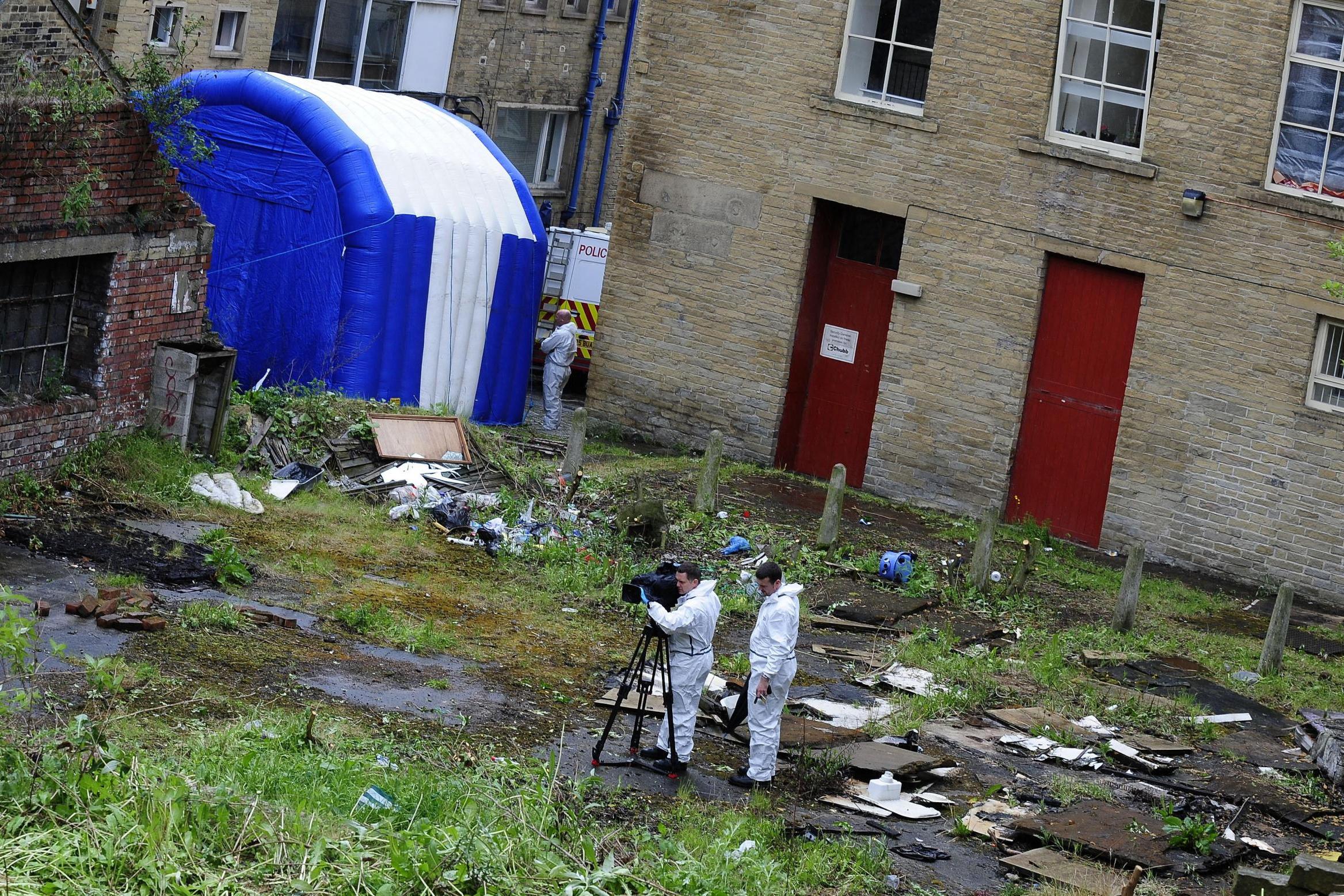
Further CCTV footage showed Griffiths leaving his flat on several occasions with a back-pack, and he was placed on public transport heading out of Bradford to nearby Shipley, through which the River Aire flows. On the afternoon of his arrest, forensics teams were combing the river. Human remains were discovered, and it was then that the story began to unfold in the public domain.
McLean is convinced that if Griffiths had not been caught after killing Suzanne Blamires he would have gone on to kill again, and probably kept on killing until he was caught
“Things moved very quickly after his arrest,” says McLean. “He admitted the three murders straight away.” Naturally, McLean wanted to know if there had been others, and especially if Griffiths had been responsible for the death of Rebecca Hall. “He was adamant it was the three and no more. He did admit that he had cannibalised their remains, and dumped them in the river. He was very quick to admit what he had done, but he never gave us a reason, and he never showed any remorse.”
McLean is convinced that if Griffiths had not been caught after killing Suzanne Blamires he would have gone on to kill again, and probably kept on killing until he was caught. It’s clear that Griffiths sought the notoriety of the serial killer and fully expected that he would be arrested, because that’s what happened to serial killers.
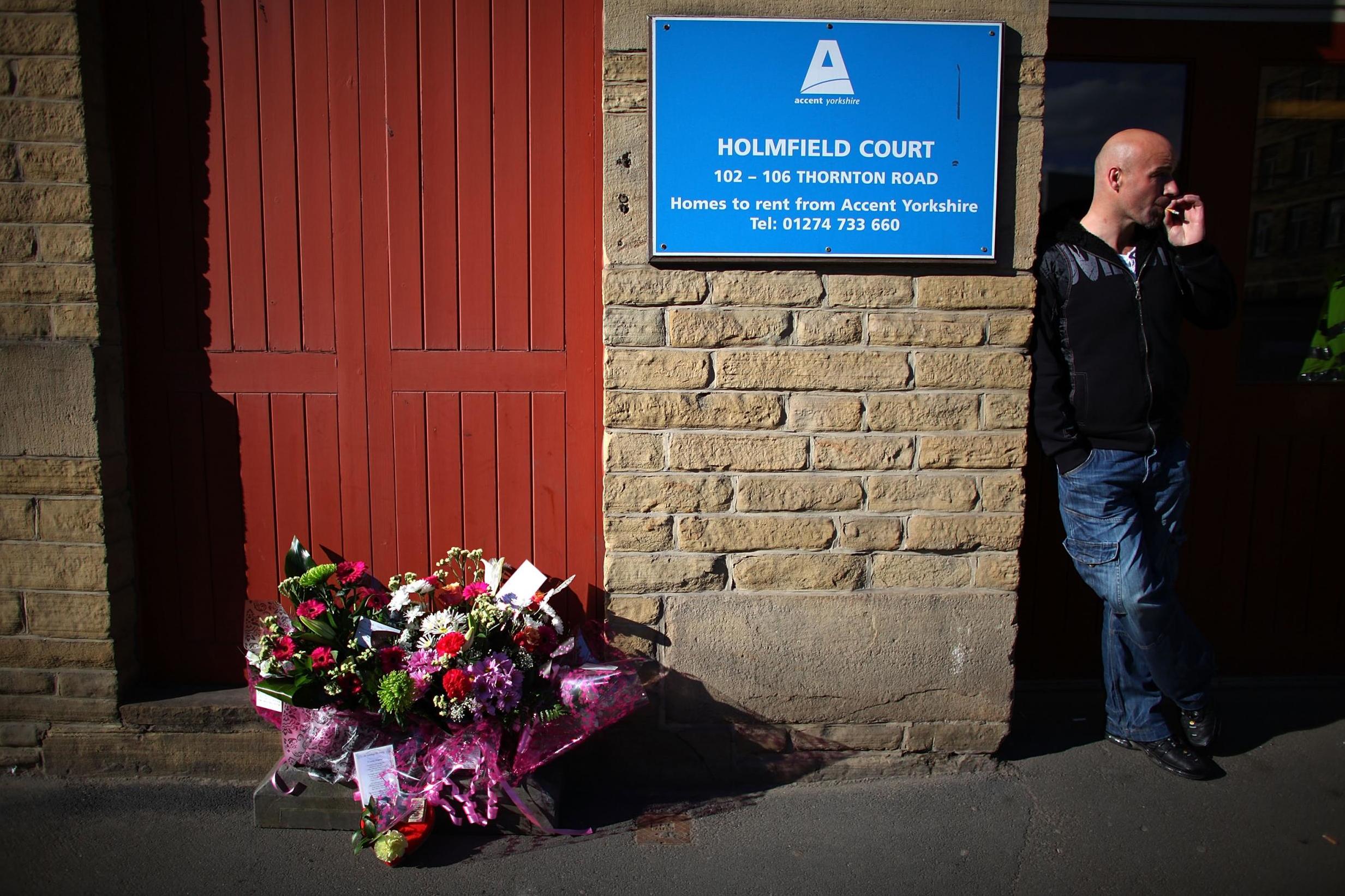
“He didn’t try to rationalise what he had done,” says McLean. “He never claimed to be on a mission from God, or to have any grudge against the girls, or expressed any wish to ‘clean up the streets’ or anything like that. He gave no reasons at all.
“When he killed Suzanne he realised he was on camera and rather than try to cover it up or flee he waved his crossbow at the camera. He was in his flat when we came for him.”
Griffiths was born on Christmas Eve 1969 and grew up in Dewsbury. He was considered, at worst, an eccentric oddball by his neighbours: he had a pet lizard he would walk on a lead, and favoured a long leather coat and sunglasses in all weathers. His father told the press that he hadn’t seen his son for the past 10 years and Griffiths, who had a degree in psychology, had spent the last six years up to his arrest studying for a PhD at the University of Bradford, just a short walk from his flat on Thornton Road.
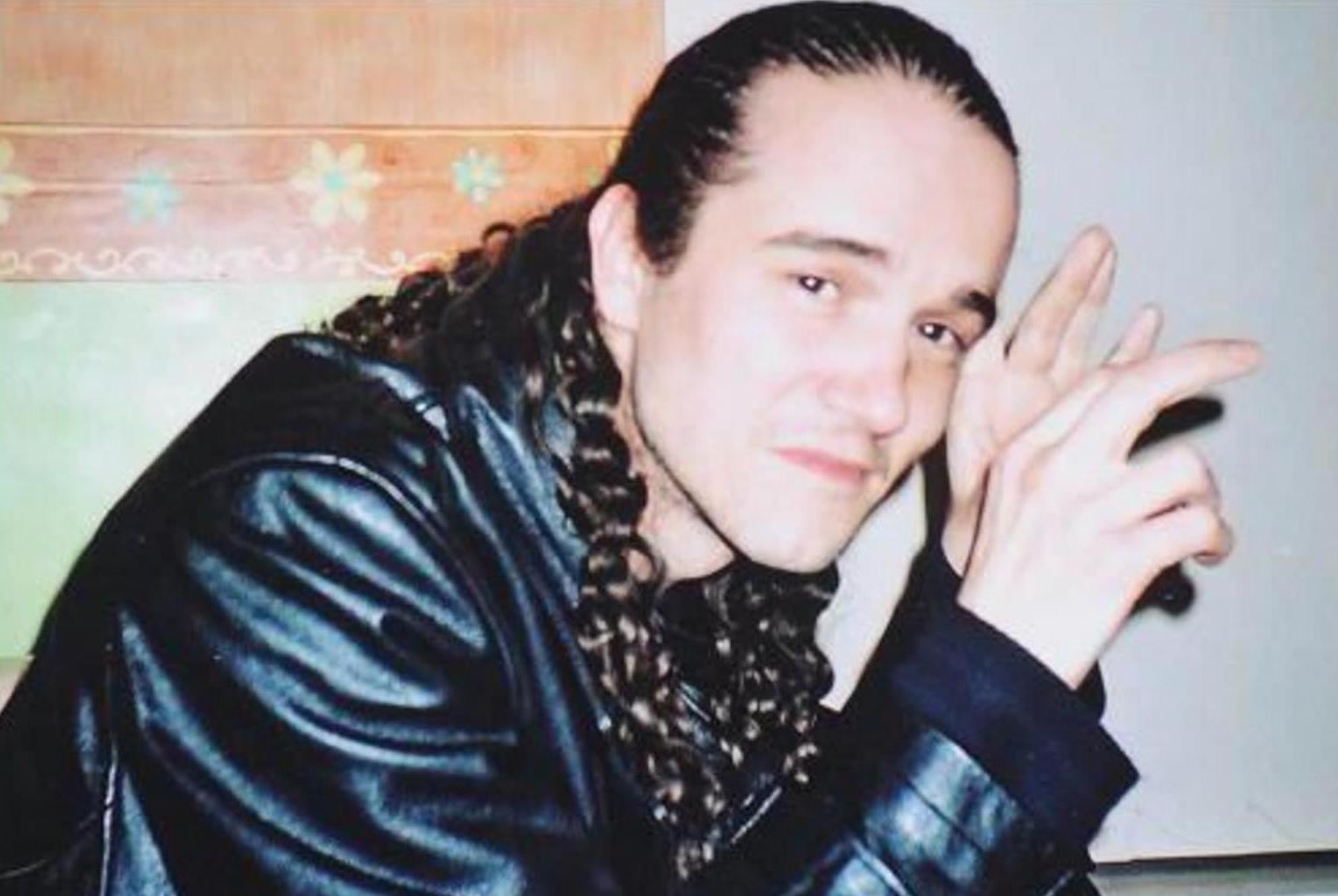
The private face of Griffiths was darker than the eccentricity he outwardly projected, though. Using the online identity Ven Pariah he posted on esoteric forums and on the night before he killed Suzanne he left a lengthy post on his MySpace page referring to himself as “Poor Stephen, pretended to be me, but he was only the wrapping” and writing that “the time has come to act out”.
I didn’t want this sort of thing in my home city. In Bradford we always have the image of Peter Sutcliffe and Donald Neilson casting a shadow over us, which is not the image we want to have at all
At Bradford University Griffiths was studying and comparing 19th-century and modern-day murder techniques. He set up his own website, The Skeleton and the Jaguar, on which he venerated serial killers. He got into trouble at Bradford University for taking books from a restricted section, but even earlier, as a teenager – he lived with his mother Moira after his parents separated when he was young – McLean describes him as a prolific shoplifter. He also had a conviction for violence when he pulled a knife on a shopkeeper.
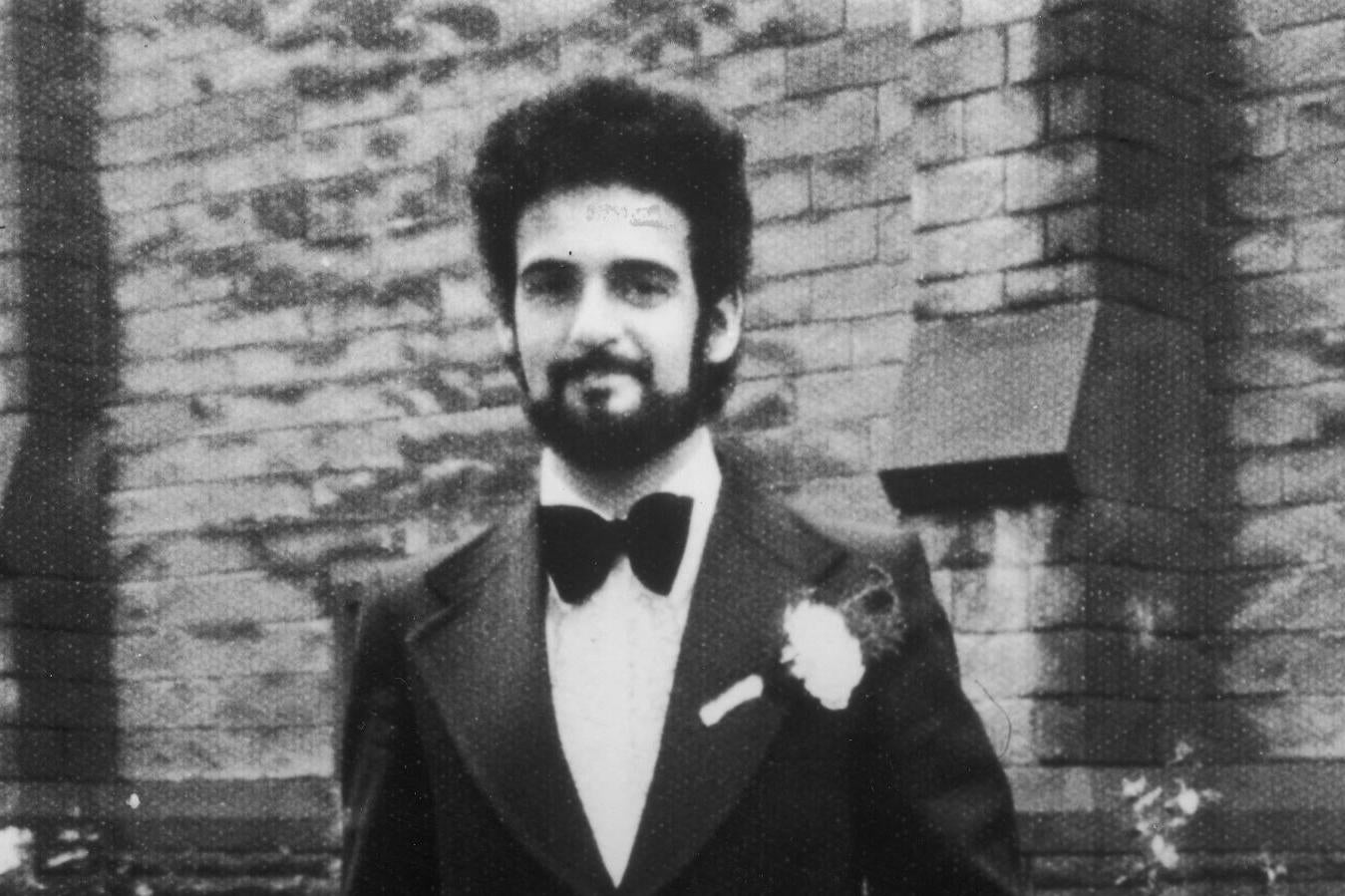
Griffiths has never offered any explanations for what he did. He was jailed for life and told he'd never be released. A year ago, it was reported that another inmate at HMP Long Lartin in Worcestershire had stabbed him with a sharpened stick.

McLean believes Griffiths killed simply because he wanted to, and craved the notoriety that comes with being labelled a serial killer. There is a dark twist of irony, though; in June 2010 Derrick Bird went on a shooting spree in Cumbria, killing 12 people and injuring 11 before turning the gun on himself. Almost as soon as his conviction was hitting the front pages, Griffiths was knocked off them by an even more prolific killer.
McLean left policing just before Griffiths’ conviction, and looking back at the investigation after a decade, two things strike him. One was the effect on Bradford, especially as the national press descended and the tabloids especially began to ramp up the more salacious aspects of the killings.
“I have a passion for my hometown,” he says. “I didn’t want this sort of thing in my home city. In Bradford we always have the image of Peter Sutcliffe and Donald Neilson casting a shadow over us, which is not the image we want to have at all.
“But more than that, what happened wasn’t about Griffiths; it was about how, in terrifying circumstances, three families lost their girls. As a policeman, I was saddened that I couldn’t keep those girls safe and that they died the way they did.”
Griffiths’ victims had lives far beyond the way they were painted by the tablois as merely sex workers. Suzanne Blamires wanted to be a nurse. Shelley Armitage dreamed of becoming a model. Susan Rushworth’s father died a month after she disappeared and never knew what happened to his daughter. Of the three victims, her body was never discovered, and Griffiths has never divulged what happened to her remains.
Perhaps he’s keeping the secret until he can use the information to put himself back into the public eye and claw back some of the notoriety he so desperately – and murderously – craved.